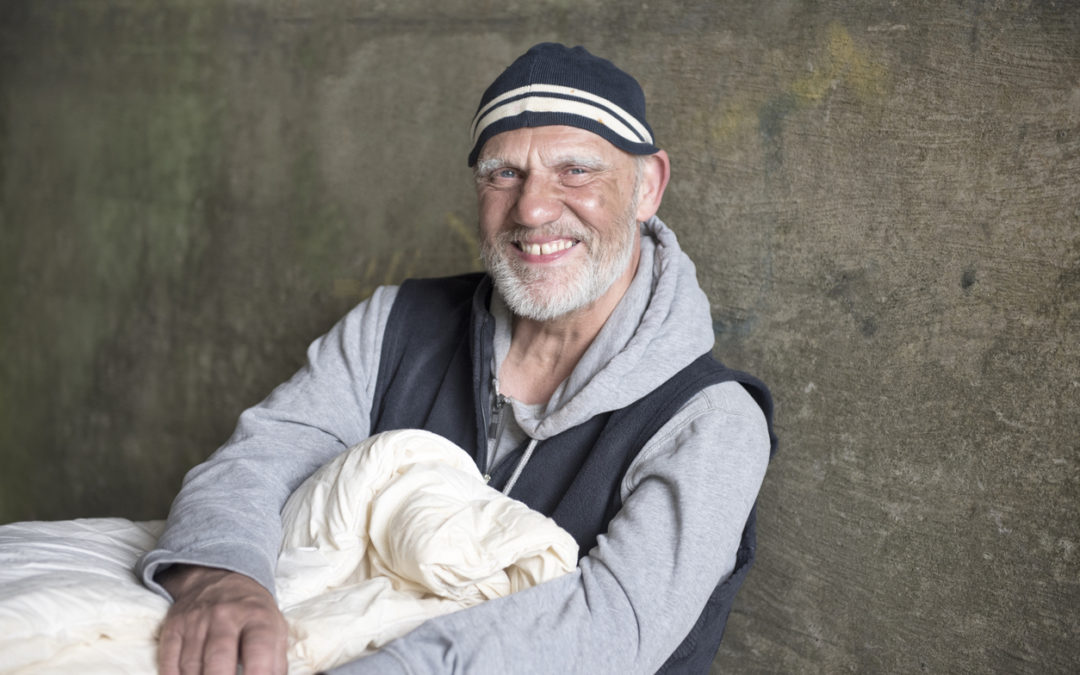Homelessness is not only one of the most critical problems facing our country: it’s also one of the most misunderstood.
Each year, according to the National Law Center on Homelessness and Poverty, 3.5 million Americans experience homelessness, and the Department of Housing and Urban Development (HUD) Point-in-Time count reported that 549, 928 people were homeless on one night in January 2016. When the Metropolitan Washington Council of Governments conducted its annual point-in-time snapshot of the area’s homeless population during one evening in January of this year, the headcount for the night totaled 11,128 people.
All too often, we have the notion that most homeless individuals are suffering from severe mental illness or substance abuse problems and may be beyond help. While our society should certainly make a strong effort to aid those who fit this description, the reality behind most who are experiencing homelessness is very different.
In fact, says a 2016 report by HUD, 70 percent of homeless people in the U.S. are situationally homeless, meaning they are experiencing homelessness due to a life-altering event, such as job loss, medical or health emergency, divorce, domestic abuse or the loss of a primary income earner. Typically, these are people who are able-bodied and ready to work. They just need a hand up.
Unfortunately for them, the efforts of federal, state and local governments tend to target the chronically homeless, i.e., those who are experiencing extended, repeated episodes of homelessness because of issues such as severe mental illness or substance abuse.
Government initiatives are focused on the chronically homeless because they have the higher risk of mortality. The guiding philosophy has been that once the chronically homeless have been addressed, then attention can be turned to the situationally homeless; unfortunately, this paves the way for more situationally homeless to become chronically homeless. It’s a vicious cycle.
To bridge the gap in services and extend that helping hand to the situationally homelessness, robust partnerships between private businesses and non-profits are needed.
Shelters to Shutters (S2S), a Vienna, Va.-based nonprofit, is one example of organization that is addressing homelessness in this way. S2S is currently partnering with more than 20 apartment management companies – including such major industry players as AvalonBay Communities and Equity Residential – to place people experiencing situational homelessness in onsite, entry-level jobs and provide them with housing at the same communities at which they work. S2S works with a number of homeless-focused non-profits to identify suitable job applicants.
Overall, S2S and its multifamily partners have moved more than 100 people out of homelessness in markets throughout the Mid-Atlantic, Midwest, Northeast, South and Texas. And the apartment managers have gained hardworking, capable and associates by doing so. The job retention rate for S2S participants is 92 percent while the average industry retention rate, according to the National Multifamily Housing Council, is 69 percent.
It’s time to rethink our perceptions conceptions of the U.S. homeless population. It’s time to realize that it’s full of responsible people with strong work ethics and a burning desire to gain meaningful employment and provide for themselves and their families.
They just need a hand up, and the private sector and nonprofits are perfectly positioned to do just that.
